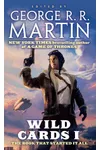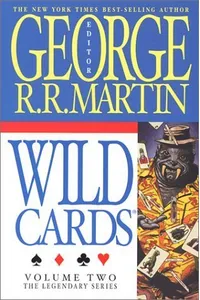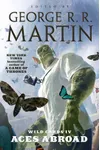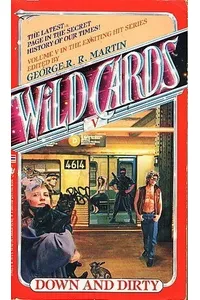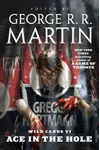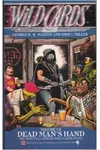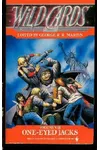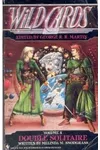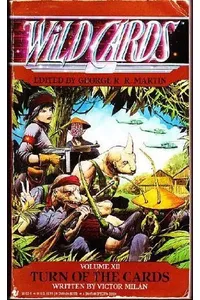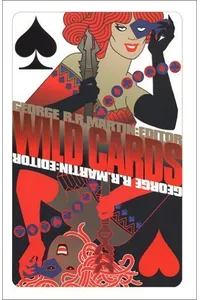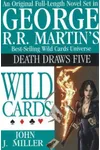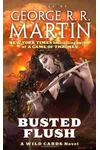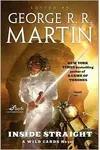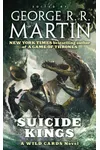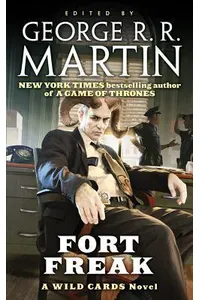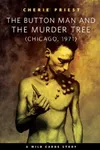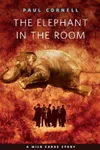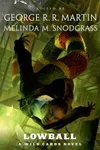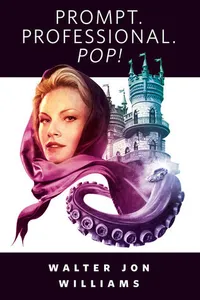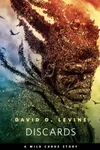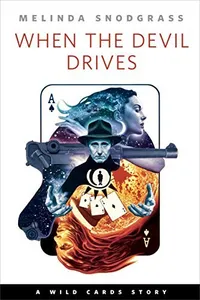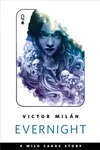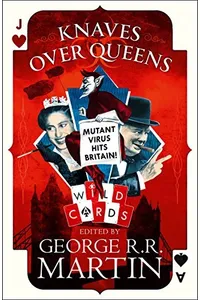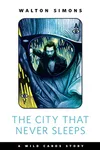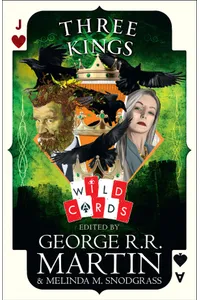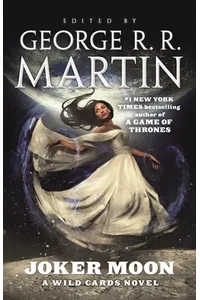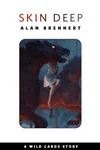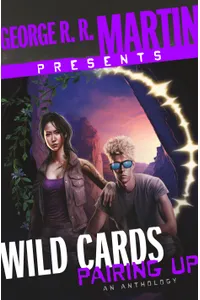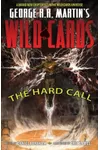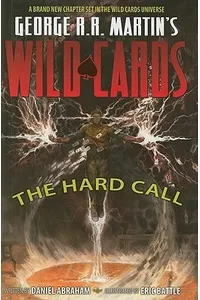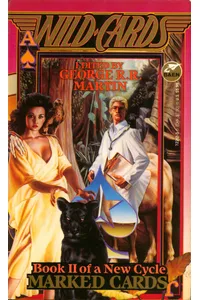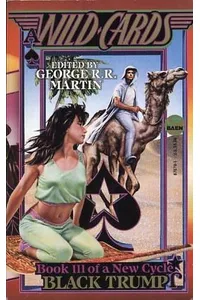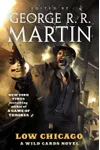Step into the electrifying world of Wild Cards, where an alien virus reshapes humanity into superpowered Aces and tragically mutated Jokers! This sci-fi superhero anthology series, set in an alternate post-World War II United States, weaves interconnected tales of extraordinary abilities, societal upheaval, and personal drama that keep readers hooked across decades.
Unlike typical superhero sagas, Wild Cards blends gritty realism with comic-book flair, exploring how a single virus can redefine history. With over 30 books and a vibrant shared universe, it’s a must-read for fans of alternate history and superhero fiction. Let’s dive into this wild ride!
How Wild Cards Began
Wild Cards sprang from a 1980s role-playing game campaign using the Superworld system, masterminded by George R. R. Martin in Albuquerque, New Mexico. Martin, joined by sci-fi authors like Melinda M. Snodgrass and Victor Milán, crafted a shared universe inspired by their love for comics but with a darker, more mature edge. Snodgrass proposed the Wild Card virus—a DNA-rewriting alien bioweapon—as the singular source of superpowers, grounding the series in a plausible sci-fi premise.
The first book, Wild Cards, hit shelves in 1987 via Bantam Books, launching a collaborative anthology format. Over 40 authors, dubbed the Wild Cards Trust, have since contributed, with Martin and Snodgrass editing each volume. This collective approach ensures diverse voices and stories, making the series a unique tapestry of interconnected narratives.
The Heart of Wild Cards
The series kicks off with Wild Cards (1987), a collection of short stories spanning 1946 to 1986. It introduces the virus’s devastating release over New York City, killing 90% of those infected, mutating 9% into Jokers with deformities, and granting 1% superhuman Ace abilities. Key characters like Jetboy, a pilot who sacrifices himself to stop the virus, and Dr. Tachyon, an alien seeking redemption, set the stage.
Aces High (1987) shifts to a global scale, tackling an alien Swarm invasion while exploring Aces and Jokers’ struggles for acceptance. Jokers Wild (1987) zooms into Jokertown, a gritty New York ghetto for mutants, with a murder mystery driving the plot. Later, Joker Moon (2021) follows Aarti, the Moon Maid, who projects astral art on the lunar surface, blending cosmic wonder with personal stakes.
Themes of discrimination, identity, and power permeate the series. Jokers face societal scorn, mirroring real-world marginalization, while Aces grapple with fame or villainy. The alternate history—where Fidel Castro becomes a baseball star and the Iranian hostage crisis involves Aces—adds depth, blending personal dramas with grand conflicts in a style both intimate and epic.
Why Wild Cards Resonates
Wild Cards redefined superhero fiction by rejecting comic-book clichés for nuanced characters and a grounded world. Its gritty realism influenced works like The Boys, while its shared-universe model inspired modern anthologies. Fans love its sprawling cast, from vigilante Yeoman to the shape-shifting Sleeper, and its bold take on societal issues. Adaptations, including comics and planned TV series, highlight its enduring appeal.
With new books like Pairing Up (2023) exploring love in the Wild Cards universe, the series remains fresh, inviting readers to explore its ever-evolving saga. Its legacy lies in proving superheroes can be complex, flawed, and profoundly human.
- First Published: 1987
- Books: 34 as of 2025
- Authors: Over 40, including George R. R. Martin, Melinda M. Snodgrass, Roger Zelazny
- Awards: Hugo Award nominee (1988)
Grab Wild Cards and dive into a superhero universe where humanity’s best and worst collide!
